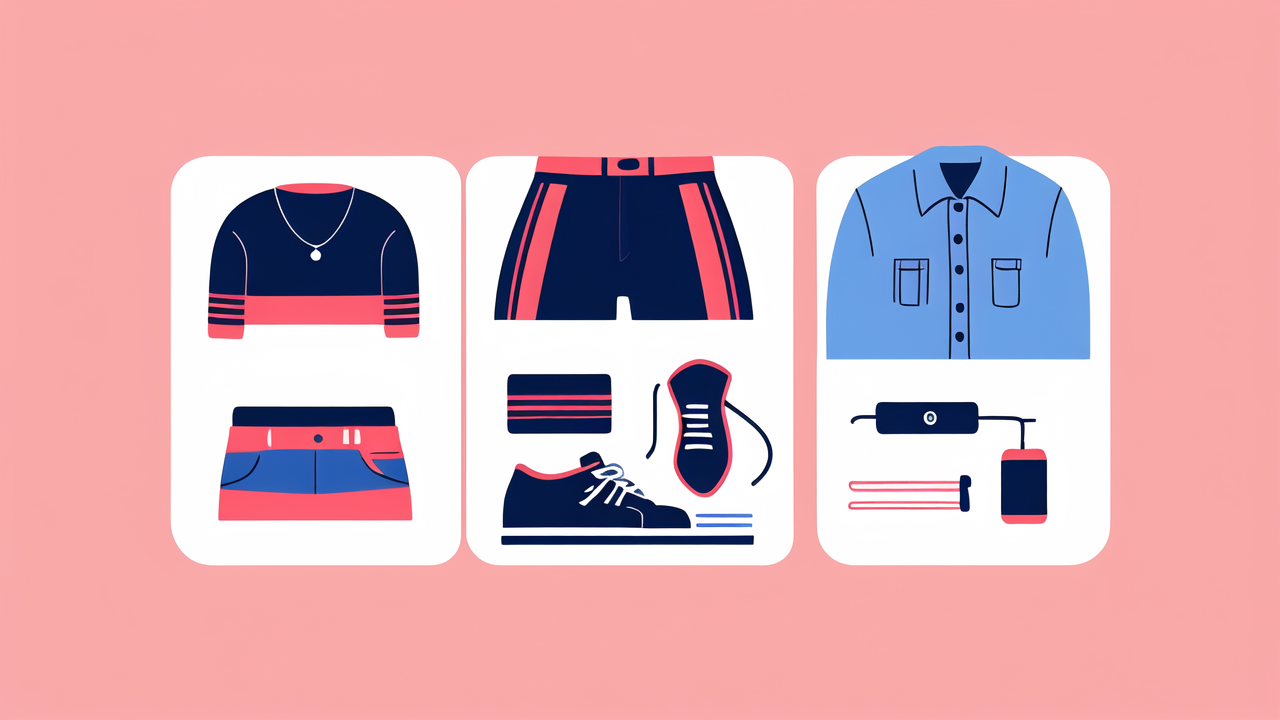The Evolution of Smart Watches in the Fitness Industry
The Origins of Fitness Wearables
Fitness wearables have come a long way since their inception. They started as simple pedometers, counting steps and distance. The first digital fitness trackers appeared in the early 2000s. These devices were basic, often just tracking steps and calories burned.

As technology advanced, so did fitness wearables. They began to include more features like heart rate monitoring and GPS tracking. The introduction of smartphones led to the development of apps that could sync with these devices. This allowed users to track their fitness data more easily.
The real game-changer came with the launch of smart watches. These devices combined the features of fitness trackers with the functionality of a smartphone. They offered a more comprehensive approach to fitness tracking and daily life management.
Key Technologies Driving Fitness Smart Watches
Several key technologies have driven the evolution of fitness smart watches. One of the most important is sensor technology. Modern smart watches use a variety of sensors to track different aspects of fitness and health.
Accelerometers and gyroscopes measure movement and orientation. Heart rate monitors use optical sensors to track pulse. GPS technology allows for accurate tracking of distance and location. Some advanced models even include ECG sensors for more detailed heart health monitoring.
Battery technology has also played a crucial role. Improved battery life allows smart watches to track activities for longer periods. This is essential for athletes and fitness enthusiasts who engage in long training sessions.
Data processing and AI have made smart watches smarter. They can now provide personalized insights and recommendations based on user data. This makes them more useful as fitness coaching tools.
How Smart Watches Have Changed the Fitness Landscape
Smart watches have revolutionized the way people approach fitness. They've made it easier for everyone to track their health and fitness goals. Users can now monitor their progress in real-time, which can be highly motivating.
These devices have also changed how people exercise. Many smart watches offer guided workouts and training plans. This feature acts like a personal trainer on your wrist. It can help users improve their form and track their progress over time.
Smart watches have also made fitness more social. Many devices allow users to share their achievements with friends. This can create a sense of community and friendly competition. Some even offer virtual races or challenges to keep users engaged.
For professional athletes, smart watches provide valuable data for training optimization. Coaches can use this data to fine-tune training programs and prevent injuries. This has led to more scientific and data-driven approaches to sports training.
Fashion Meets Function: The Integration of Smart Technology in Clothing
The Rise of Wearable Clothing in the US Market
Wearable technology has expanded beyond just watches and fitness trackers. It's now becoming integrated into clothing itself. This trend is particularly noticeable in the US market. Consumers are showing increased interest in clothes that do more than just cover and style.

Smart clothing can include features like temperature regulation, posture correction, and even mood enhancement. Some garments can track biometric data, much like a smart watch. Others focus on comfort and convenience, like jackets with built-in heating elements.
The rise of this trend is driven by a desire for more functional clothing. People want their clothes to work for them, not just look good. This shift is changing how designers and fashion brands approach their products.
Technological Advancements in Fashion Watches
Fashion watches have also embraced smart technology. Many luxury watch brands now offer smart versions of their classic designs. These watches blend traditional craftsmanship with modern tech features.
One key advancement is the use of e-ink displays. These allow smart watches to maintain a classic look while still offering smart features. Some watches use hybrid designs, combining analog hands with digital displays.
Customization is another area of advancement. Many fashion smart watches allow users to change watch faces. This lets the watch match different outfits or occasions. Some even use AI to suggest watch faces based on the user's outfit or schedule.
The Role of Smart Watches in Personalized Fashion
Smart watches are playing a growing role in personalized fashion. They're no longer just functional devices, but fashion accessories in their own right. Many brands offer a wide range of straps and cases to suit different styles.
Some smart watches can suggest outfits based on the weather or user's schedule. Others can coordinate with smart jewelry or other wearables. This creates a more cohesive and personalized look.
The ability to display notifications and messages also adds a new dimension to fashion. Users can customize how and when they receive information. This allows the watch to fit seamlessly into their personal style and daily routine.
Navigating Health and Wellness with Smart Watches
The Importance of Wearable Health Trackers
Wearable health trackers, particularly smart watches, have become crucial tools for personal health management. They provide continuous, real-time data about various health metrics. This information can be invaluable for both users and healthcare providers.

These devices can track heart rate, sleep patterns, stress levels, and more. Some can even detect irregular heart rhythms or potential signs of conditions like sleep apnea. This early detection capability can lead to earlier interventions and better health outcomes.
For people with chronic conditions, smart watches can help with medication reminders and symptom tracking. They can also provide alerts for dangerous situations, like extremely high or low blood sugar for diabetics.
Features of Smart Watches for Health and Wellness
Modern smart watches offer a wide range of health and wellness features. Basic functions include step counting, calorie tracking, and heart rate monitoring. More advanced features can include blood oxygen level measurement and ECG capabilities.
Many smart watches now offer stress management features. These can include guided breathing exercises and stress level tracking. Some watches can detect when the user is stressed and suggest relaxation techniques.
Sleep tracking is another important feature. Smart watches can monitor sleep duration and quality. They can provide insights into sleep patterns and suggest ways to improve sleep hygiene.
Future Trends in Health-Oriented Smart Watches
The future of health-oriented smart watches looks promising. One emerging trend is the integration of more advanced medical sensors. These could potentially measure blood glucose levels or blood pressure without invasive procedures.
AI and machine learning will play a bigger role in health predictions. Smart watches may be able to detect early signs of diseases based on changes in user data. This could lead to earlier diagnoses and more personalized healthcare.
Integration with telehealth services is another potential trend. Smart watches could facilitate virtual doctor visits by providing real-time health data. This could make healthcare more accessible and efficient for many people.
As technology continues to advance, smart watches will likely become even more central to personal health management. They may evolve into comprehensive health monitoring systems, working in tandem with other smart devices and healthcare providers.




Leave a comment
This site is protected by hCaptcha and the hCaptcha Privacy Policy and Terms of Service apply.